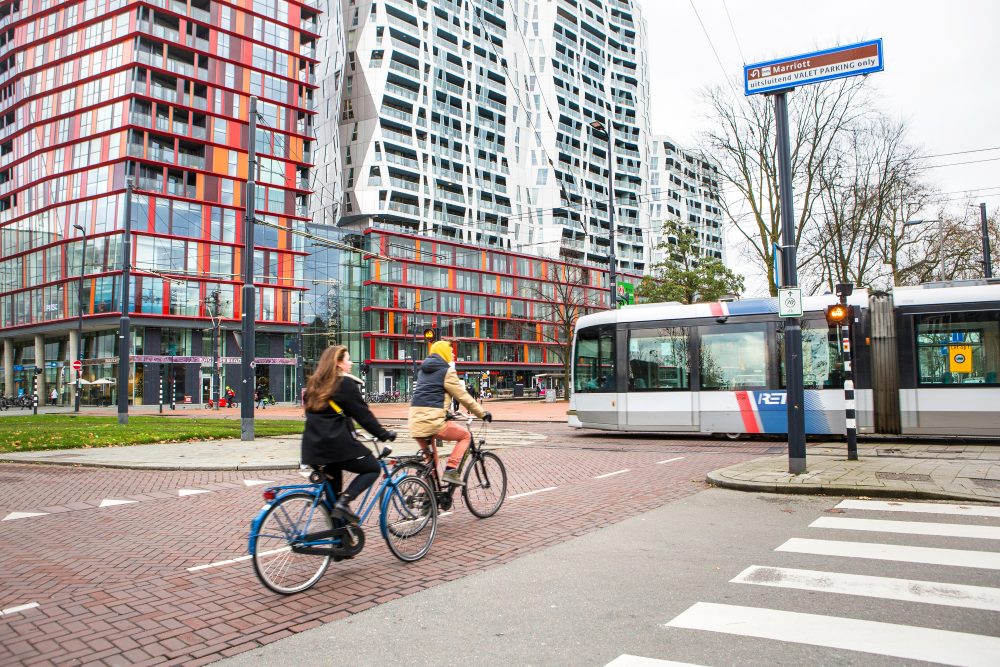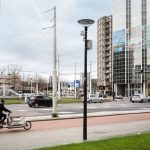
Healthy living environments, and how to create them
Written by Cornel Baak for Biind
A healthy living environment is a living environment that people experience as pleasant and where adverse health effects are kept to a minimum (RIVM). But how can we create environments that incentivize healthy behavior?
Transforming living environments into healthy living environments
I experienced one example of the transformation of an environment into a healthy living environment myself, in the area around the railway station in Delft – I lived there in Phoenixstraat at the time. It was a lengthy and expensive project, but the improvements were real. Lanes for cars, bikes, and public transport were separated and new green areas added. The separate bike lane and seating gave the area a welcoming character, and the lawn soon became a favorite place to walk the dog.
Moreover, the new environment is encouraging new behavior. Residents now more often go about their daily business on foot or by bike. On sunny days, local residents spend time in nicely designed outdoor locations. And the environment is such that anyone who lives and works there can go for a walk during their lunch break.
Not every area can achieve such radical changes in the short term. But there are other steps that can be taken to make our living environment healthier.
What technology can do
Smart traffic management can make an important contribution to a healthy living environment. Diverting polluting traffic will improve air quality and reduce noise pollution. Walking and cycling can be made more attractive by creating pleasant routes and by minimizing waiting times at traffic lights. But it is also important to offer people with limited mobility sufficient active alternatives to reach their destination.
In the DRO-DMI (Digitale Regie op de Openbare Ruimte/Digital Public Space Management) project, we are exploring various ways of making public space more dynamic. Examples include a street that is turned into a children’s playground during the day, in conjunction with a so-called ‘mobile forest’ that can be installed at locations as desired. Another instance is the multifunctional use of loading bays, as is happening in Amsterdam, where loading bays are used for logistics during the day and serve as bike parking places at night. Creative solutions such as these deserve to be expanded with new functionalities and applications.
Meeting places help create communities. Multifunctional zones can contribute to this by enhancing social interaction and by making space for physical activity. An attractive location not only contributes to the residents’ physical and mental health, but also supports the local economy. It transforms areas from places to buy into places to be.


